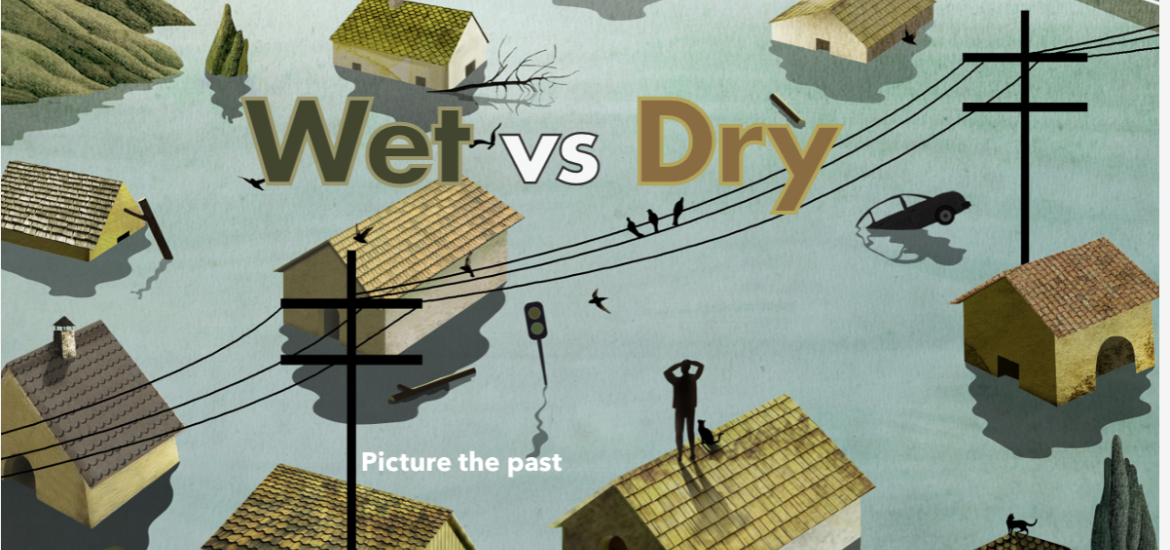- Home
- All News Overview
- PAGES Horizons Volume 3 Is Out!

Thursday, 18 July, 2024
Past Global Changes (PAGES) is pleased to announce the third volume of its paleoscience magazine for teenagers, young adults, and people of all ages interested in Earth’s history.
Past Global Changes Horizons, published by PAGES, highlights sciences of the past (paleosciences) and is written in an easy to understand, visual format, for those interested in, and wanting to learn more about, environmental issues and global climate change. The scientific information provided in the magazine is derived directly from the scientists themselves.
Using comics, pictures, and drawings that support short papers with strong messages about past sciences and understanding changing future stakes, the objective is to inform readers so that they will be able to understand the current environmental crisis.
Volume 3: Wet and Dry
The third volume of Horizons focuses on how studying past extreme wet and dry phases aids our understanding, and informs future action, on floods and droughts under the current global change.
As editors Juan A. Ballesteros-Cánovas, Gerardo Benito, Keely Mills, Ray Lombardi, Boris Vannière, Graciela Gil-Romera and Iván Hernández-Almeida state:
"It is our pleasure to present this third volume of PAGES Horizons, dedicated to studying wet and dry using paleorecords. The volume contains a total of eight contributions which reveal, in a relaxed, fun, and visually appealing way, how scientists work with different archives, including speleothems, tree-rings, historical records, and sediments, and in various environments, such as volcanic, f luvial, cave and mountain regions.
The research presented here covers the study of speleothems from caves in alpine and tropical environments; the impact of glacier retreat on the generation of massive floods in high mountain regions; the effect of volcanic eruptions triggering large floods due to changes in climatic and meteorological conditions; and changes in the precipitation and hurricane passages using isotopes and tree-ring records, among others. The value of paleoscience in analyzing hydrological-extreme events is illustrated using a variety of formats, including photo reports, comics and images.
We hope that readers will enjoy the stories told by different scientists and gain insight into how paleoscience can be used to inform a safe and sustainable future."
> Access volume 3 of Past Global Changes Horizons Magazine
> Access all volumes of Past Global Changes Horizons Magazine